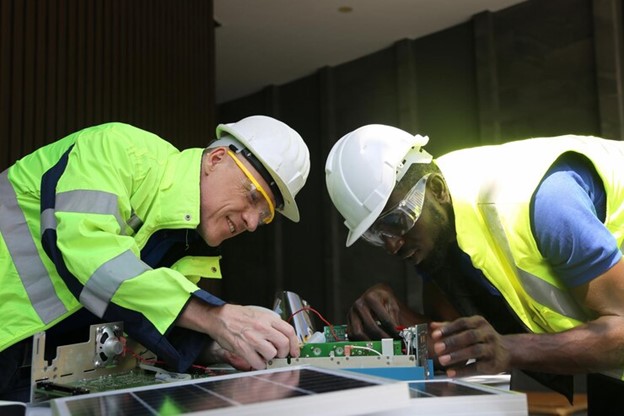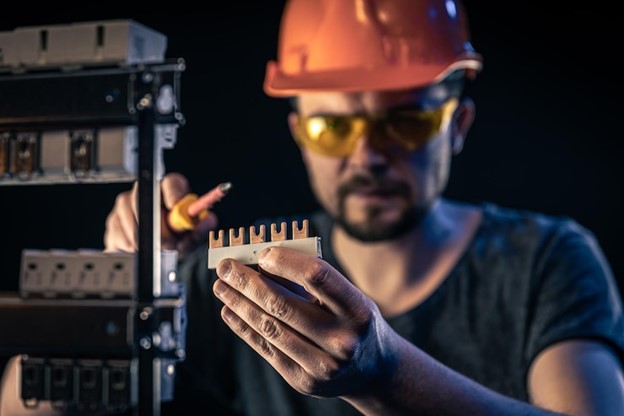Power resistors are pretty crucial for the operation of electrical equipment. Managing electrical flow depends on these parts since they guarantee safe and effective device operation. Knowing the path from Power Resistor Manufacturing to design exposes the complex processes of producing these crucial components.
The Design Stage
A power resistor’s path starts with the design stage. Engineers and designers work together to define the resistor’s needed parameters. This covers the power rating, tolerance levels, and resistance value. Designers also consider the actual size and material for making the resistor. Advanced software techniques might be used to simulate performance under several scenarios during this phase. This guarantees that the design can endure the pressures of real-world use and satisfies the necessary criteria. The design has to be exact since even tiny mistakes could cause significant performance problems.
Choosing the right materials
Choosing the appropriate materials becomes essential once the design is set. Power resistors use commonplace materials, including cord wound components, steel oxide, and ceramic. Every cloth has its characteristics that affect the overall performance, lifetime, and warmth dissipation capability of the resistor. Ceramic resistors, for instance, are regularly hired in excessive energy packages because they are widely recognized for their superthermal resilience. Conversely, metal oxide resistors are preferred for their incredible accuracy and dependability. Materials selection also affects the total cost and manufacturability of the resistor.
Testing and Prototyping

The next step is to build prototypes once materials have been chosen. Examining the design in a practical setting depends on this stage. Prototypes are constructed to evaluate the performance and dependability of the resistor under several settings. Engineers use thorough testing to determine how well the resistor fits its criteria. Testing could involve environmental exposure, load testing, and thermal cycling. These tests point to possible flaws in the design or materials employed. Comments from these tests sometimes result in design changes guaranteeing the strength and dependability of the end product.
Manufacturing Procedures
The manufacturing procedure starts once the prototypes pass testing. Fabrication, assembly, and quality control are among the many activities this stage comprises. Every stage is vital to guarantee the final output satisfies the required criteria.
Manufacturing
The kind of resistor being manufactured determines the fabrication technique. Wire-wound resistors use skinny twine twisted around a ceramic core. On the other hand, thick film resistors are created by coating a substrate with a resistive paste. These tactics are once in a while aided via automatic machinery, which ensures accuracy and consistency.
Construction and Quality Assurance

The parts are put together following manufacture. This could mean ensuring every component is firmly linked, encasing the resistors in protective materials, and adding leads. To avoid faults that can affect the resistor’s performance, the assembly stage has to be carried out carefully. The manufacturing process depends much on quality control. Every batch of resistors is thoroughly inspected to guarantee they satisfy the required tolerances and performance criteria. Resistance levels and power ratings are sometimes measured using automated testing tools. Resistors failing the requirements are either thrown away or altered to guarantee only the best quality goods make it to the market.
Packaging and Final Testing
Final testing occurs before the resistors are sent. This guarantees that every item runs as intended and follows industry criteria. Additional environmental tests to mimic real-world situations could be included in the last testing stage. Following satisfactory testing, the resistors are packed for delivery. Packaging is meant to safeguard the parts throughout transit so they reach their destination in an ideal state. Appropriate labelling is also crucial since it offers vital knowledge of handling guidelines and product characteristics.
The Need for Creativity

Power resistor manufacture is constantly changing. Technological and materials technological know-how developments bring about inventions that boost performance, decrease fees, and support dependability. Manufacturers must stay ahead of industry traits by using revolutionary technologies and materials to satisfy evolving client desires. Sustainability is likewise growing right into a considerable difficulty. Manufacturers are searching for green materials and techniques to decrease their environmental outcomes. This willpower toward sustainability now not only effectively enables the earth but additionally draws customers who cost ecologically pleasant items.
Conclusion
The Onics power resistor design-to-manufacture path is a difficult yet interesting one. Ensuring every resistor works dependably in its intended use requires meticulous design, exact engineering, and thorough testing. We provide top-notch goods that show this dedication to quality. Understanding the complexities of power resistor manufacture helps us value the crucial part these components play in the technology we use daily.